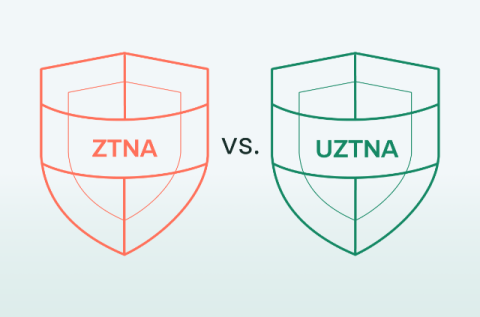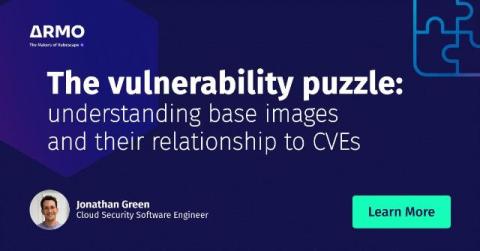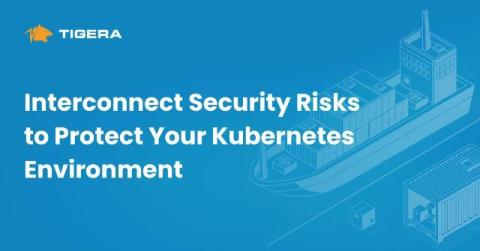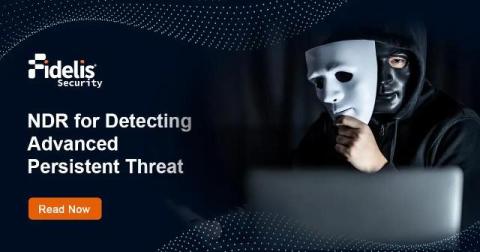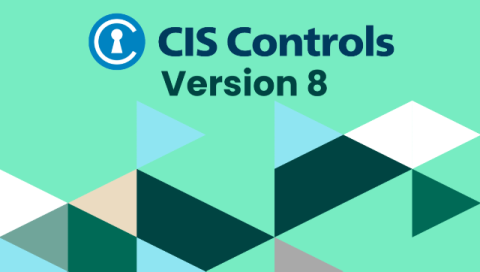ZTNA Face-Off: Traditional vs. Universal - Unveiling the Key Differences
In the ever-evolving cybersecurity landscape, the debate between Universal ZTNA and Traditional ZTNA is heating up. While Traditional ZTNA has been a cornerstone for secure access, Universal ZTNA is redefining the game with its comprehensive, adaptive approach. Imagine a security solution that fortifies your network and seamlessly integrates with any environment, providing unparalleled protection and flexibility. Ready to explore the future of secure access?


